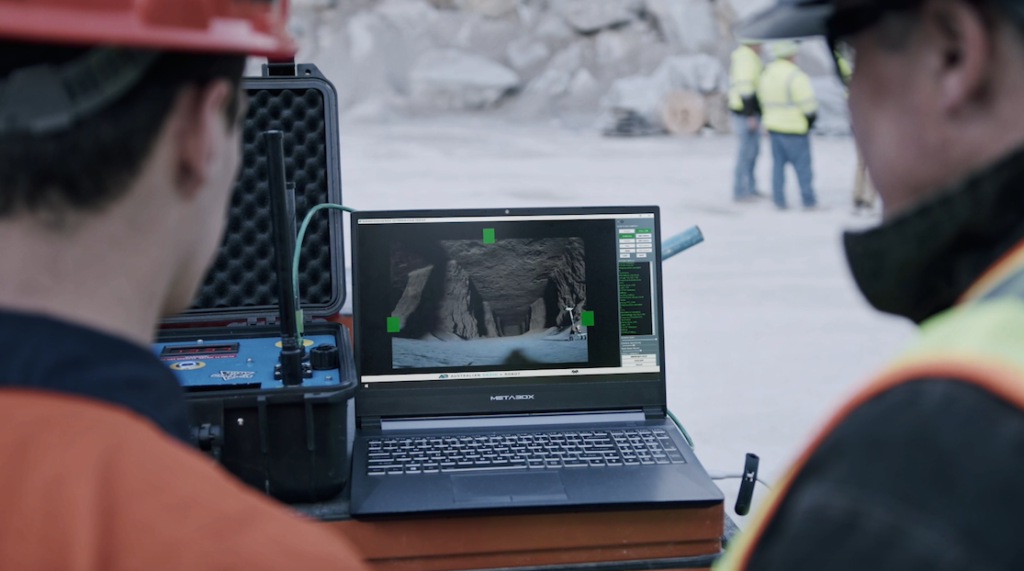Robots achieve unmanned underground mine inspection

A significant, unexpected mine collapse occurred in August 2021 causing an expulsion of air carrying dirt and rocks that flew out of all portals and ventilation raises, the company said in a media release. The air was estimated to be moving around 120 mph. It was determined that this collapse was caused by the failure of very old pillars (40 to 70 years old) thus creating a substantive surface subsidence. The surface subsidence measured approximately 800’ (ft) across and over 100’ (ft) deep.
No one was injured in the incident, as the mine had been evacuated well prior to the incident. Working with the Mining Safety and Health Administration (MSHA), the operator and MSHA determined no one should enter the mine until some type of unmanned survey could be conducted to assess the conditions of the mine safely. The solution to achieve this came through the collaboration of ADR, PBE, and Rajant.
“Prior to the collapse, the mine had a two-way radio system running over a leaky feeder,” Rajant sales director Todd Rigby said in the release.
“The leaky feeder was not functional following the collapse, nor did it have sufficient bandwidth to support unmanned robots or drones. Rajant BreadCrumbs were installed by Rajant’s channel partner PBE mostly at the surface of the mine to provide a reliable high bandwidth link from the portal to an emergency operations center overseeing the remote surveying done by ADR and its fleet of all-terrain ground robots equipped with BreadCrumbs,” he said. “The robots initially dragged three network infrastructure points into the mine and then staggered along various routes up to 1.7 Kilometers deep. During the longest mission, the robots were transmitting 80 Mbps, and included high-definition video and Lidar to create a virtual 3D model of the mine.”
A video case study documenting the achievement is available, the company said.




